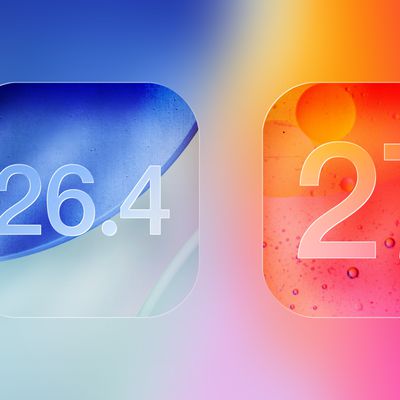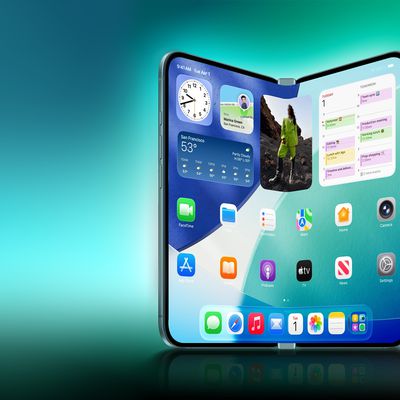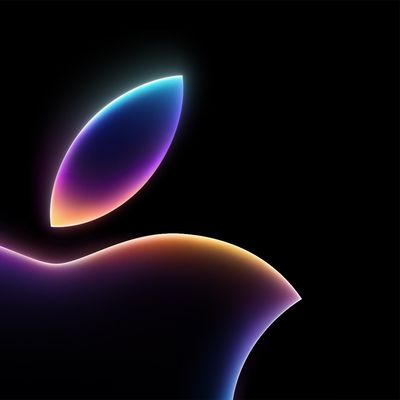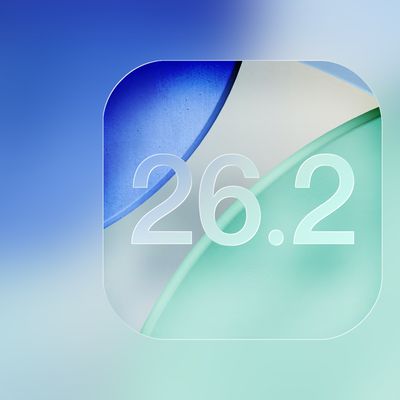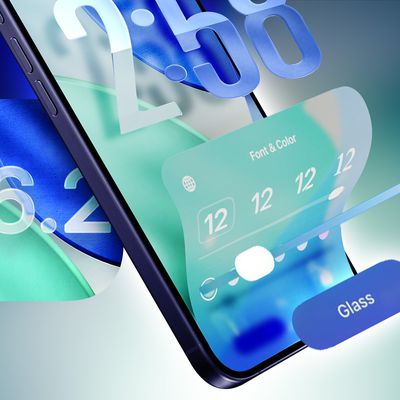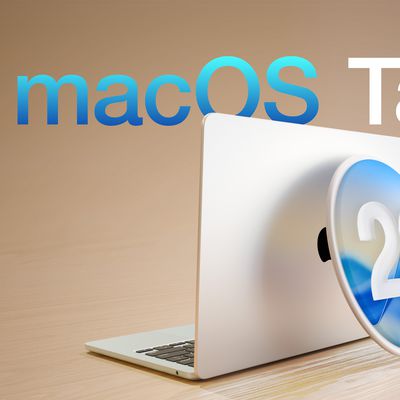Overview of Apple's A6 Chip Development and Future Plans
 Semiconductor analyst Linley Gwennap has posted an interesting overview (via CNET) of the series of events that led to Apple's A6 system-on-a-chip, the company's first entirely custom ARM chip design. The report notes that Apple has likely spent in excess of $500 million on the project when including the purchase prices of chip firms P.A. Semi and Intrinsity.
Semiconductor analyst Linley Gwennap has posted an interesting overview (via CNET) of the series of events that led to Apple's A6 system-on-a-chip, the company's first entirely custom ARM chip design. The report notes that Apple has likely spent in excess of $500 million on the project when including the purchase prices of chip firms P.A. Semi and Intrinsity.
At this point, Apple has spent about $400 million to buy PA Semi and Intrinsity, tens of millions for a license to design its own ARM CPUs, and probably north of $100 million to support its CPU design efforts over the past four years. It appears that the end result will be that Apple ships a Cortex-A15-class CPU about three months before arch-enemy Samsung does. These three months happen to come during the big holiday buying season, during which the iPhone 5 could generate $25 billion in revenue. So that half billion dollars could be money well spent.
The report traces Apple's ARM-based chip development back to its 2008 acquisition of P.A. Semi. Beyond its license to use ARM cores, Apple's acquisition of P.A. Semi led the company to also obtain a rare license to develop its own ARM-based CPUs, as had been rumored in mid-2008. Apple then split the P.A. Semi team into two groups to focus on what would become the A4 system-on-chip and to build Apple's own ARM implementations.
While one group of PA Semi employees set to work on the Apple A4 processor using an ARM CPU core, another group began defining the microarchitecture for the new CPU. According to one source, Steve Jobs initially set an “insanely great” bar for the performance of the new CPU, but he eventually realized that his CPU team was limited by the same laws of physics that apply to everyone else. For whatever reason, the project took a long time to get through the initial definition and design phase.
As Apple iterated on standard ARM solutions for the A4, A5, and A5X, it continued to press forward on its own A6, which reportedly saw design completion in early 2010 and physical design work wrapping up about a year later. With the first samples of the A6 being delivered to Apple in the summer of 2011, the company continued to put the chip and its production processes through extensive testing ahead of full production started earlier this year for the iPhone 5.
The report notes that Apple is likely to follow a typical two-year design cycle with its own chips, working on a 64-bit ARMv8 solution for launch in 2014. As a result, Apple's 2013 devices will likely use ramped-up variants of the current A6 design, perhaps by moving from a dual-core CPU to a quad-core processor or by boosting the graphics capabilities of the package as the company did for the A5X in the third-generation iPad.
Popular Stories
Macworld's Filipe Espósito today revealed a handful of features that Apple is allegedly planning for iOS 26.4, iOS 27, and even iOS 28.
The report said the features are referenced within the code for a leaked internal build of iOS 26 that is not meant to be seen by the public. However, it appears that Espósito and/or his sources managed to gain access to it, providing us with a sneak peek...
Last week, details about unreleased Apple devices and future iOS features were shared by Macworld. This week, we learned where the information came from, plus we have more findings from the leak.
As it turns out, an Apple prototype device running an early build of iOS 26 was sold, and the person who bought it shared the software. The OS has a version number of 23A5234w, and the first...
The first foldable iPhone will feature a series of design and hardware firsts for Apple, according to details shared by the Weibo leaker known as Digital Chat Station.
According to a new post, via machine translation, Apple is developing what the leaker describes as a "wide foldable" device, a term used to refer to a horizontally oriented, book-style foldable with a large internal display....
Software from an iPhone prototype running an early build of iOS 26 leaked last week, giving us a glimpse at future Apple devices and iOS features. We recapped device codenames in our prior article, and now we have a list of some of the most notable feature flags that were found in the software code.
In some cases, it's obvious what the feature flags are referring to, while some are more...
Apple today released iOS 26.2, the second major update to the iOS 26 operating system that came out in September, iOS 26.2 comes a little over a month after iOS 26.1 launched. iOS 26.2 is compatible with the iPhone 11 series and later, as well as the second-generation iPhone SE.
The new software can be downloaded on eligible iPhones over-the-air by going to Settings >...
Apple seeded the second iOS 26.2 Release Candidate to developers earlier this week, meaning the update will be released to the general public very soon.
Apple confirmed iOS 26.2 would be released in December, but it did not provide a specific date. We expect the update to be released by early next week.
iOS 26.2 includes a handful of new features and changes on the iPhone, such as a new...
Apple today released macOS Tahoe 26.2, the second major update to the macOS Tahoe operating system that came out in September. macOS Tahoe 26.2 comes five weeks after Apple released macOS Tahoe 26.1.
Mac users can download the macOS Tahoe update by using the Software Update section of System Settings.
macOS Tahoe 26.2 includes Edge Light, a feature that illuminates your face with soft...
Apple today released new firmware designed for the AirPods Pro 3 and the prior-generation AirPods Pro 2. The AirPods Pro 3 firmware is 8B30, up from 8B25, while the AirPods Pro 2 firmware is 8B28, up from 8B21.
There's no word on what's include in the updated firmware, but the AirPods Pro 2 and AirPods Pro 3 are getting expanded support for Live Translation in the European Union in iOS...
 Semiconductor analyst Linley Gwennap has posted an interesting overview (via CNET) of the series of events that led to Apple's A6 system-on-a-chip, the company's first entirely custom ARM chip design. The report notes that Apple has likely spent in excess of $500 million on the project when including the purchase prices of chip firms P.A. Semi and Intrinsity.
Semiconductor analyst Linley Gwennap has posted an interesting overview (via CNET) of the series of events that led to Apple's A6 system-on-a-chip, the company's first entirely custom ARM chip design. The report notes that Apple has likely spent in excess of $500 million on the project when including the purchase prices of chip firms P.A. Semi and Intrinsity.

